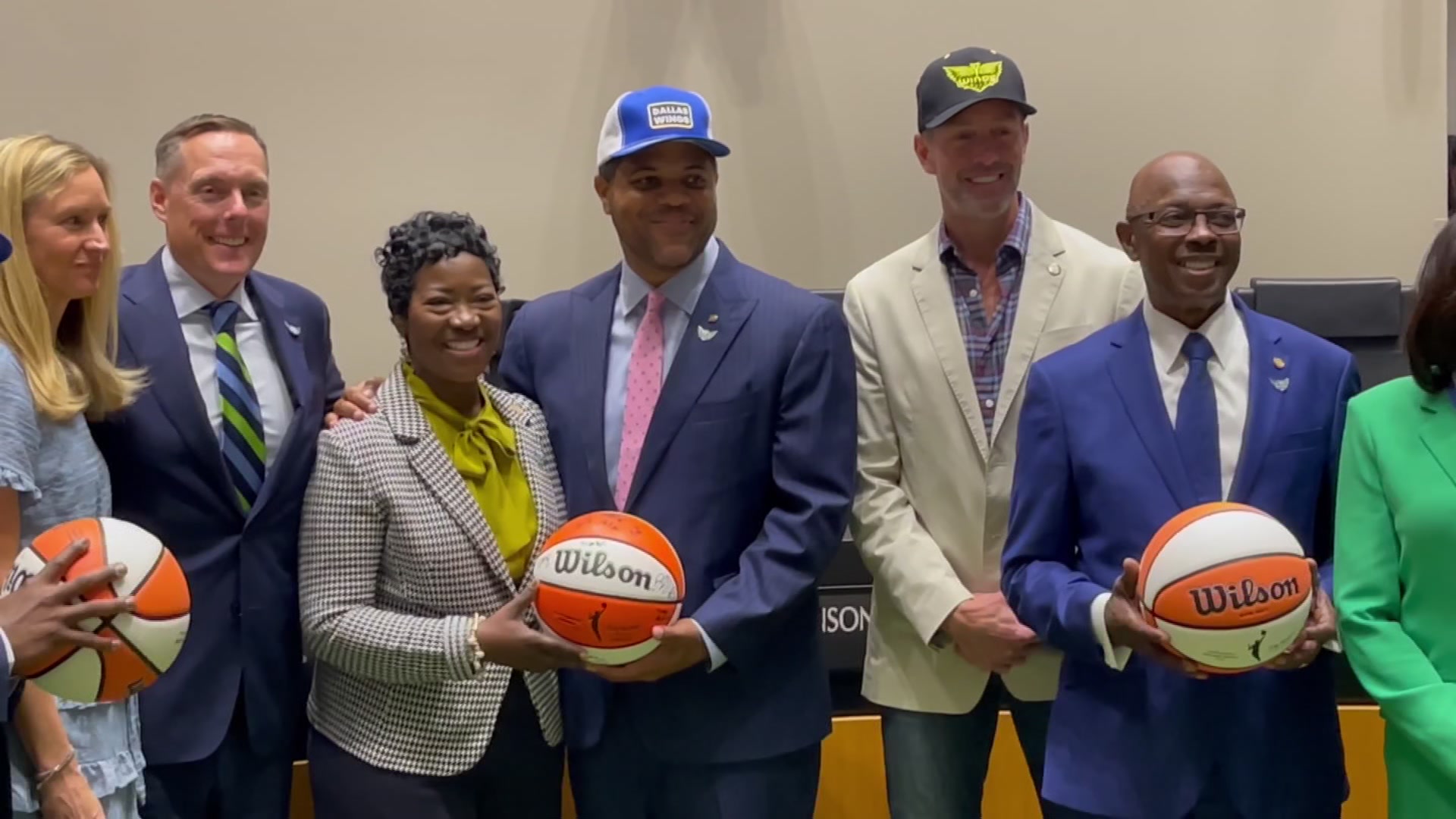The practice of ‘redlining,’ outlawed years ago, is still seen as a factor in the lack of progress for some Dallas neighborhoods, according to community leaders.
Maps from the 1930s designed some neighborhoods as red zones where investments by banks were considered unsafe.
In Dallas, those neighborhoods tended to be inhabited by people of color and redlining kept them from receiving the investments that other sections of the booming sunbelt city saw over the years.
Civil rights laws forbid the openly racist practice decades ago, but the lack of investment that redlining encouraged can be seen to this day in several Dallas neighborhoods.
Diane Ragsdale served as a Dallas City Council Member from 1984 to 1991 representing the redlined South Dallas-Fair Park area where she grew up.
“Redlining existed then and it continues to exist now,” Ragsdale said.
Today she leads the Inner City Community Development Corporation which has provided new homes in the area, right beside blocks and blocks of run-down old structures.
“What ICDC has done does not even begin to represent the amount of money that is required to compensate for redlining,” Ragsdale said. “To be quite frank with you, you really don't have that much of a significant difference because the type of resources and money have not been invested.”
Current member Casey Thomas said today’s Dallas City Council is striving to promote equity for these neighborhoods, which is more than equal resources.
“The only way you can overcome it is by acknowledging it first, and then over-investing in those areas that have been historically neglected,” Thomas said.
Local
The latest news from around North Texas.
Some formerly redlined Dallas neighborhoods have been totally transformed with private investment.
Much of Uptown on the north side of Dallas used to be a red zone. Working-class people who once lived there can’t afford to now.
“Often times residents and constituents are not educated on the process in which the city makes different decisions,” Thomas said. “It’s all about advocacy.”
Ronnie Mestas leads the West Dallas Community Association in another part of the city that was redlined.
“I think this area was also for the dirty industries so that also contributed to the health issues that we had,” Mestas said.
But his is also a neighborhood where big changes are happening now. The Trinity Groves development is just across the Margaret Hunt Hill Bridge from downtown Dallas. Big new apartments and homes are springing up.
“We have to be involved. We have to engage what's going on,” he said.
Mestas has a property tax bill that’s three times higher than it used to be for a vacant lot where he is thinking about building a new home. The soaring tax bill is because land is suddenly so much more valuable.
“My own personal opinion, I welcome it as far as the new, the new changes that are coming, as long as we're involved in it, as long as we can afford to stay here,” Mestas said.
Another formerly red zoned area is the Tenth Street Historic District which was once a neighborhood for freed slaves. It has seen very little private investment. Neighbors are pushing for it, worrying that they could wind up priced out of their homes.
Councilman Thomas said all of Dallas benefits if the formerly redlined neighborhoods improve, along with protection like tax breaks for existing residents.
“We can begin to see how it's a win-win situation for north and south as we see more investment in the southern part of the city,” Thomas said.
Back along Spring Street, Former Council Member Ragsdale complained that a new city housing policy divides support for affordable housing construction to also include upper-class neighborhoods, so workers can live closer to jobs.
“We have the greatest need. That's the bottom line. We have the greatest need and therefore resources should be invested in this given community,” Ragsdale said.
That is the struggle over how to best overcome openly racist policies, and include everyone in a booming city.
A new city study suggests that completely bridging the home affordability gap in Dallas may require as much as $40 billion dollars in public subsidies.
To demonstrate how large a challenge that would be, the entire annual Dallas city budget is only about $3.8 billion including the cost of all city services, water utilities and airports.



